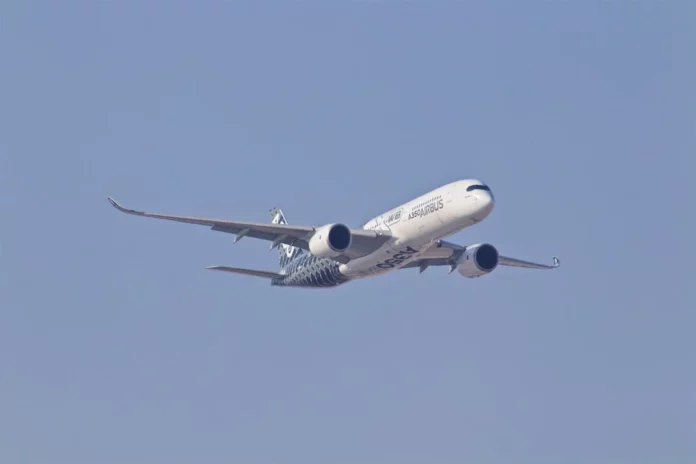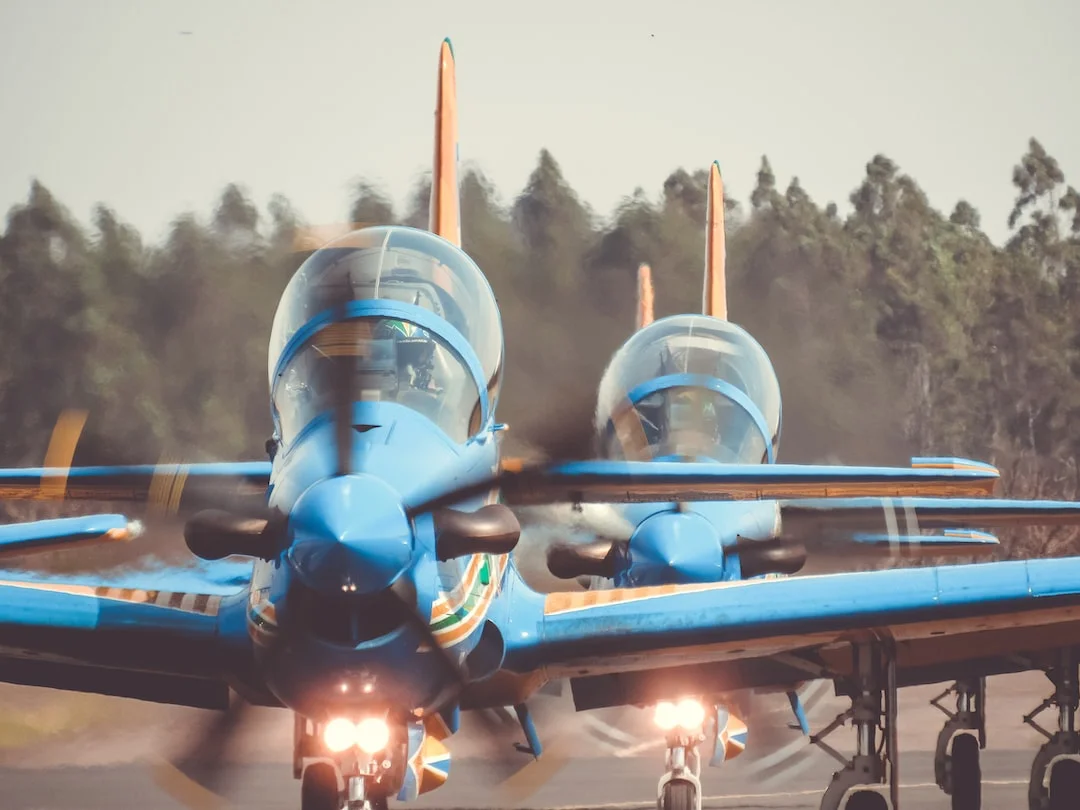Localizer (LOC) is an essential component of the Boeing 737’s autopilot system. It plays a crucial role in guiding the aircraft along the correct flight path during the approach and landing phases. As a key part of the Instrument Landing System (ILS), the localizer provides important lateral guidance to help pilots align the plane with the centerline of the runway. In this article, we will explore the localizer in detail and understand its significance in ensuring safe and precise landings for the Boeing 737.
How Does the Localizer Work?
The localizer operates by transmitting radio signals from ground-based equipment located at the end of each runway. These signals are picked up by the aircraft’s antennas, allowing the autopilot system to determine the aircraft’s position relative to the centerline of the runway. The localizer provides guidance in the horizontal plane, ensuring that the aircraft maintains the correct track and remains on course during the final approach.
The localizer consists of a transmitter and receiver, both of which are housed within the aircraft’s navigation systems. The transmitter emits a narrow beam of radio frequency energy that provides the necessary guidance signals to the aircraft. The receiver receives and interprets these signals, enabling the autopilot system to make precise course corrections as needed.
During an approach, the localizer provides the pilot with two important parameters: course deviation and course sensitivity. Course deviation indicates the aircraft’s position relative to the centerline of the runway, providing a visual indication of whether the aircraft is on the correct path. Course sensitivity refers to the rate at which the localizer responds to deviations from the intended course. It ensures that the aircraft can make rapid and accurate corrections to stay aligned with the runway centerline.
This continuous feedback from the localizer allows the autopilot system to maintain the correct lateral position and guide the aircraft towards a safe landing. The localizer is particularly crucial during low-visibility conditions, such as fog or heavy rain, where pilots heavily rely on instrument guidance to navigate and land the aircraft safely.
Importance of Localizer on Boeing 737
The localizer is a critical component of the landing systems on the Boeing 737, ensuring precision and accuracy during approach and touchdown. It assists pilots in aligning the aircraft with the runway centerline, helping to maintain a stabilized approach and reducing the risk of runway excursions or veering off course.
Furthermore, the localizer enhances safety by aiding in the prevention of Controlled Flight into Terrain (CFIT) incidents. CFIT incidents occur when an aircraft unintentionally collides with the ground or an obstacle due to incorrect navigation or lack of situational awareness. By providing lateral guidance, the localizer helps pilots maintain a safe path towards the runway, reducing the likelihood of CFIT accidents.
The localizer also contributes to the efficiency of the landing process. By ensuring the aircraft stays aligned with the runway centerline, it minimizes the need for significant course corrections in the final moments of the approach. This not only enhances the smoothness of the landing but also reduces the pilot’s workload, allowing them to focus on other critical aspects of the landing procedure, such as airspeed control and flare initiation.
Conclusion
The localizer plays a crucial role in guiding the Boeing 737 along the correct flight path during the approach and landing phases. By providing important lateral guidance, it ensures that the aircraft aligns with the centerline of the runway, enhancing the safety, precision, and efficiency of landings.
Understanding the localizer and its significance in the aviation industry is essential for pilots, aviation enthusiasts, and anyone interested in the technical aspects of aircraft navigation. By utilizing the localizer, Boeing 737 pilots can navigate challenging conditions and execute smooth and safe landings with confidence.




